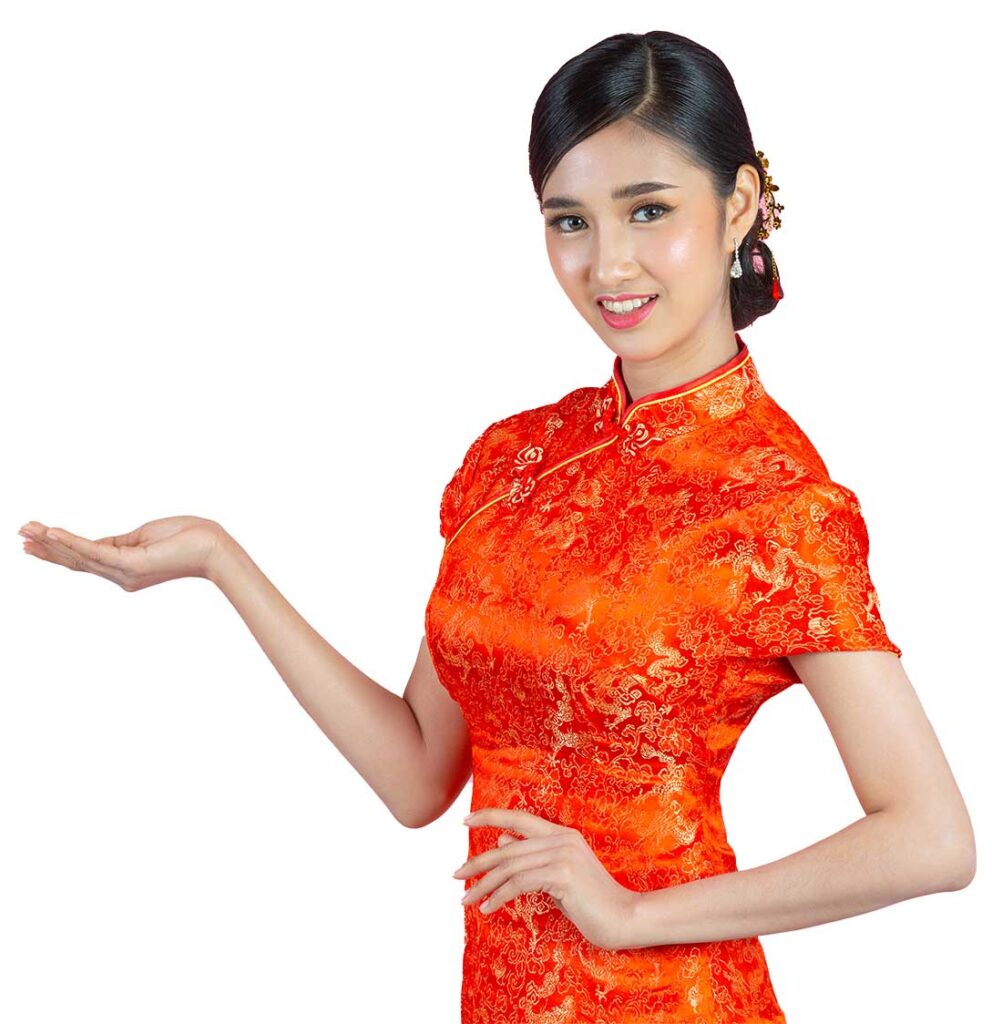Herbal therapy in Chinese medicine (TCM)
Individual formulation based on the previously created diagnosis

Herbal therapy is one of the most effective and important forms of therapy in Traditional Chinese Medicine (TCM). It has a very long tradition in China and has been refined and developed by TCM therapists and doctors over thousands of years.
There are over 5000 known herbs and Chinese medicines. Of these, only about 500 are used in Europe. We adapt each formula individually to your needs in order to achieve an optimal effect. The duration of administration depends on the type and severity of your disease.
The various herbs of Chinese medicine
- Fructus lycii (wolfberry fruit)
- Fructus cornii (Japanese Cornelian cherries)
- Semen Trichosantis (Trichosanthes seeds) und Fructus Trichosantis (Trichosanthes fruit)
- Fructus jujubae (Chinese dates)
- Fructus gardeniae (Chinese cape jasmine fruit)
- Home Practice & Consultation Hours Our Philosophy Our Team Neurology Psychiatry Acupuncture / TCM Herbal therapie Naturopathic treatment Psychotherapy Publications Glossary Contact & How to find us Legal Disclaimer Legal Disclaimer Flos magnoliae (biond magnolia flower)
- Flos carthami (safflower)
- Rhizoma phragmatis (reed rhizome)
- Pericarpium aurantii (bitter orange peel)
- Massa medicata
- Radix gentianae (gentian)
- Pinellia (pinellia)
- Bupleurum (Chinese umbellifers)
- Rhizoma zingiberis (fresh ginger)
- Radix puerariae (Kudzuvine root)
- Semen coicis (Coix seed)
- Poria
- Concha ostrae (oyster shell)
In addition, there are also a large number of Western medicines, which can not all be mentioned here. They can also positively influence and heal disease processes. Western herbs include, for example:
- Herba hypericum (St. John’s wort)
- Mistletoe (Visci albi herba)
- Valerian (Valerianae radix)
- Flori tilliae lindere (lime blossom)
- Coltsfoot (Folium farfarae)
- Bearberry leaves (Uvae ursi folium)
Currently, much scientific research is being done on how Western herbs can be used in conjunction with traditional Chinese medicines. This is a big task area for science in the next century.


